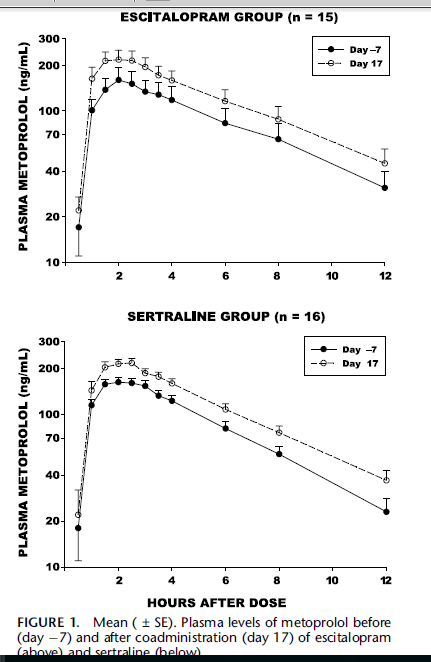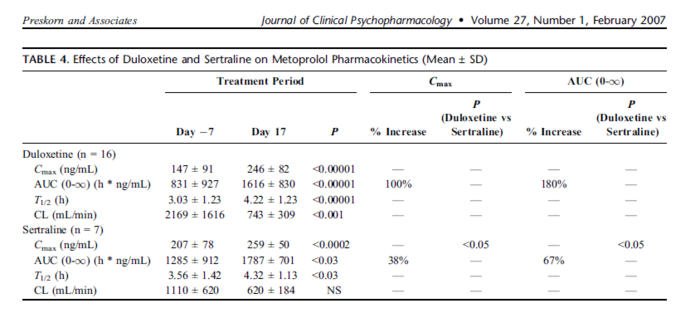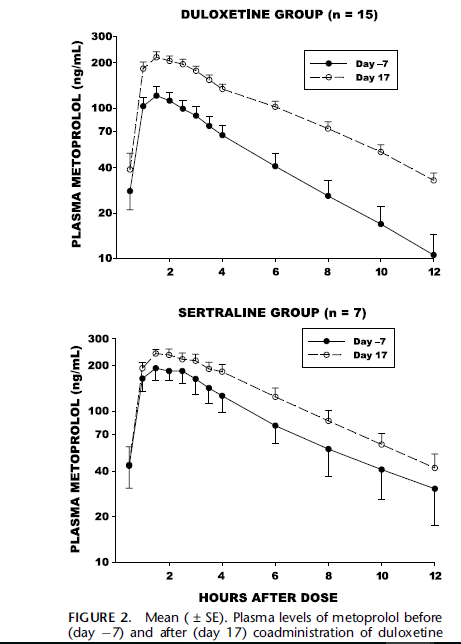I may be wrong but I think CFC was referring to the fact that doubling a dose of any drug won't create a linear doubling of effects.
Especially with multiple affinities: if dose x binds to [receptor a] at 80%, and dose y binds to [receptor a] at 100% and [receptor b] at 20%, dose z will produce no further increase in [receptor a] activitiy, but [receptor b] activity will be much higher.
Also, some things cap out far before 100% saturation, in that 80% will no be stronger than 50%.
This misunderstanding creates a lot of confusion in the average person imo.
Especially with multiple affinities: if dose x binds to [receptor a] at 80%, and dose y binds to [receptor a] at 100% and [receptor b] at 20%, dose z will produce no further increase in [receptor a] activitiy, but [receptor b] activity will be much higher.
Also, some things cap out far before 100% saturation, in that 80% will no be stronger than 50%.
This misunderstanding creates a lot of confusion in the average person imo.








